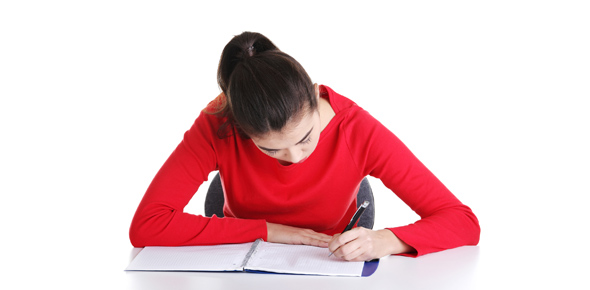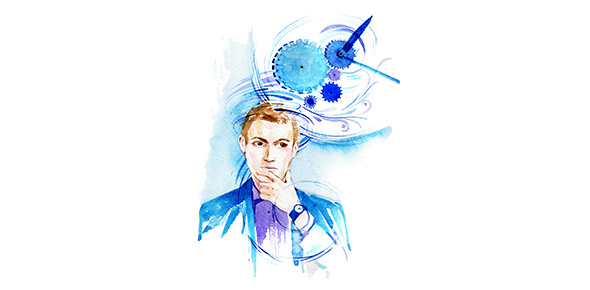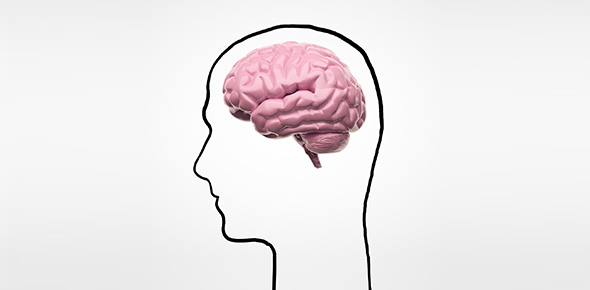Related Flashcards
Related Topics
Cards In This Set
| Front | Back |
|
Thinking
|
Involves remembering, understanding, communicating and knowing (RUCK)
|
|
4 Problem solving strategies
|
Trial and Error, Algorithms, Heuristics, Insight
|
|
Availability Heuristic
|
Whatever increases the ease of retrieving information increases its perceived availability
|
|
Fixation
|
Inability to see a problem from a fresh perspective
|
|
Overconfidence
|
Tendency to overestimate the accuracy of our beliefs and judgments
|
|
Belief Perseverance
|
Tendency to cling to our beliefs in the face of contrary
|
|
Language
|
The way we communicate meaning to ourselves and others
|
|
Stages of language development
|
Babbling, 1-word, 2-word (telegraphic), Multiple-word, More complex grammatical structures, adult-like language structures
|
|
Intelligence
|
Ability to learn from experience, problem-solving and using knowledge to adapt to new situations
|
|
Spearman (Theory of Intelligence)
|
@font-face {
font-family: "Calibri";
}p.MsoNormal, li.MsoNormal, div.MsoNormal { margin: 0in 0in 10pt; line-height: 115%; font-size: 11pt; font-family: "Times New Roman"; }div.Section1 { page: Section1; }
“Factor Analysis” –
variation in intelligence test scores is related to general intelligence and a
specific factor
|
|
Gardner (Theory of Intelligence)
|
Proposed 8 types of intelligence
|
|
Sternberg (Theory of Intelligence)
|
Agreed with Gardner, but proposed only 3 types: Analytical, Creative and Practical
|
|
Binet
|
Developed questions that would predict children's future progress
|
|
Terman
|
Adapted Binet's test and developed an Intelligence Quotient
IQ = (Mental age / Chronological Age) * 100 |
|
WAIS and WISC
|
Wecshler Adult Intelligence Scale and Wecshler Intelligence scale for children
|







